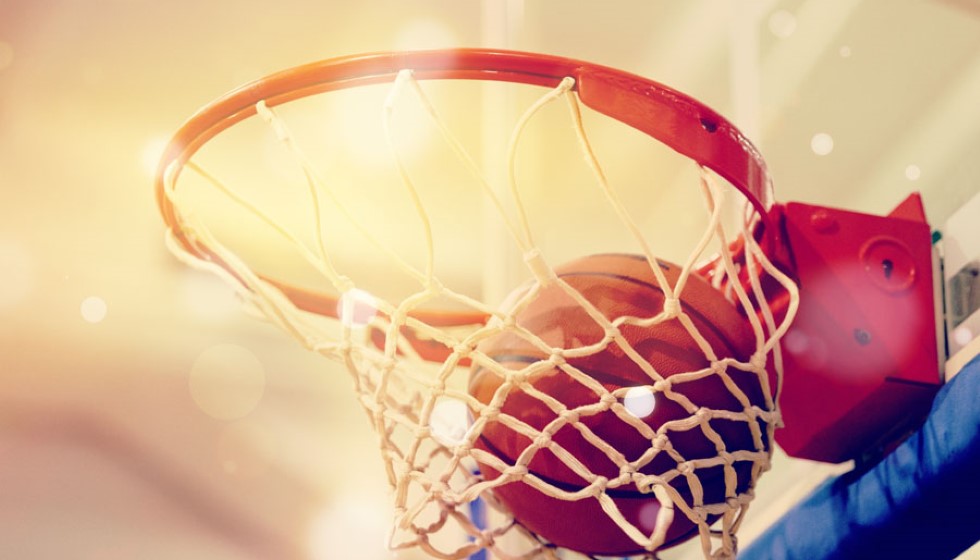
LeBron's Long-Range Struggles: A Test of Lakers' Resolve
When you're LeBron James, the rare disappointments often get magnified. For the Los Angeles Lakers' superstar, the spotlight has been glaringly bright amidst a cold streak that has seen him miss 19 consecutive three-point attempts over his last four games. This flurry of futility has sparked a once-inconceivable reconsideration of strategy for the Lakers, a team used to leaning heavily on the offensive talents of its marquee player.
Remarkably, such shooting struggles aren't unprecedented. RJ Barrett famously holds a record for missing 21 consecutive threes over a similar period, reflecting the volatile nature of the deep ball even for elite athletes. Yet, for LeBron, the slump comes at a particularly inopportune time, punctuated by a dispiriting 109-80 loss to the Timberwolves, where he went 0-for-4 from beyond the arc.
A Season of Endurance
Determination has been a hallmark of LeBron's illustrious career, evident in his declared intention to play all 82 games this season. While he has maintained his double-digit scoring streak, now at an astounding 1,243 games, performances of 11 and 12 points against Phoenix and Oklahoma City have shown chinks in the armor. Still, his resilience remains apparent, averaging 22 points per game over the first 21 contests of the season, just above his rookie year average of 20.9.
The Lakers have had moments of flourish without their talisman, outscoring opponents by 15.9 points per 100 possessions when LeBron sits. This metric highlights the growing complexity and evolution of the team’s dynamics, as they explore solutions to the ongoing shooting woes of their leader.
Fast-Break Prowess and Transition Challenges
LeBron still provides top-tier fast-break moments, ranking eighth in the NBA with 4.3 fast-break points per game. However, these numbers have dipped compared to previous seasons—where he posted 5.1 and 6.2 in fast-break points—illustrating perhaps a slight shift in athletic vigor or tactical deployment. His efficiency in transition places him in the 54th percentile, a figure indicating room for improvement as he navigates through his nineteenth NBA season.
Driving efficiency has also seen a downturn; LeBron converts 52.9% of his field goals on drives this season, down from last year's 59.8%. This decline is mirrored in his restricted area conversion rate, now at 67.9% compared to 73.3%. These reduced metrics reflect a deeper narrative—a shift in LeBron’s once-unassailable offensive gears.
Charting Past Successes
Last season, LeBron proved formidable from three, sinking 41% of his attempts. Such numbers placed him among the league's better shooters and reaffirmed his versatility and adaptability. What has changed? External observers may point fingers at changing physical dynamics, evolving team roles, or simply the natural ebbs and flows that define even the greatest careers.
As the Lakers stand on the precipice of strategic recalibration, the basketball world watches with earnest anticipation. Can LeBron find his rhythm again? Will the Lakers discover new ways to capitalize on his skills despite the current slump? The season continues to unfold, narratives emerging, defined by a player perpetually in pursuit of greatness, not defined by momentary pauses in perfection.
The coming games will not just test LeBron's shooting, but will probe his legendary resolve—a legacy defined by its resilience and perpetual reinvention. For now, the scoreboard—the omnipresent judge in sports’ unfolding drama—awaits its updated account, as do fans eager for the next chapter of one of basketball's most storied careers.